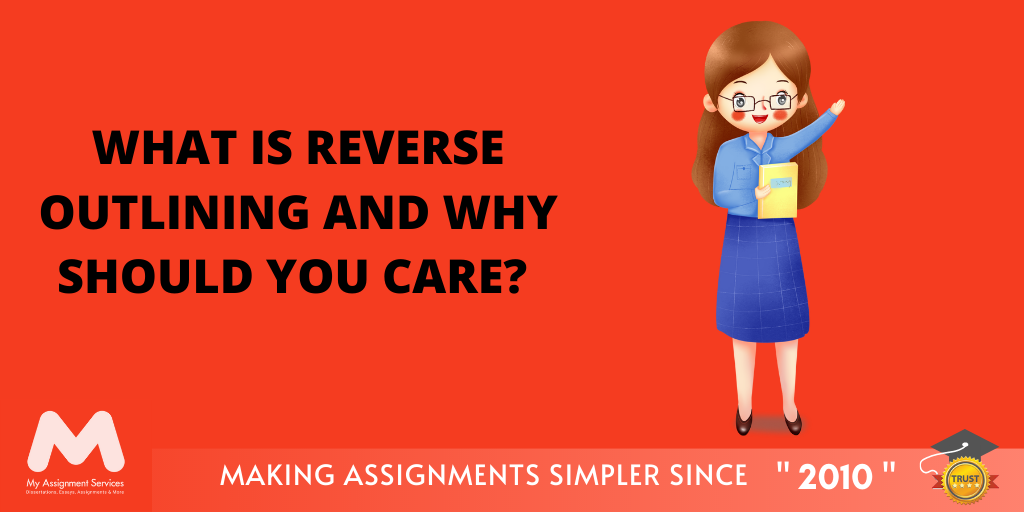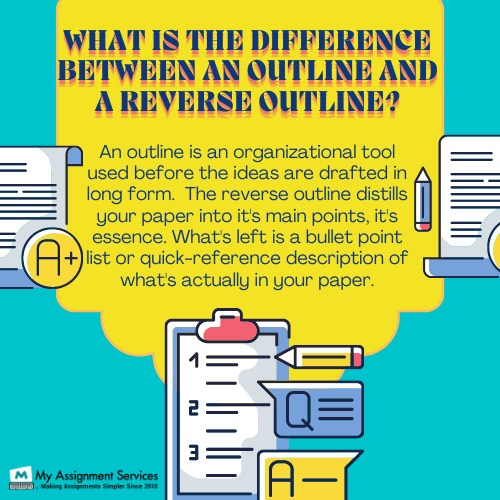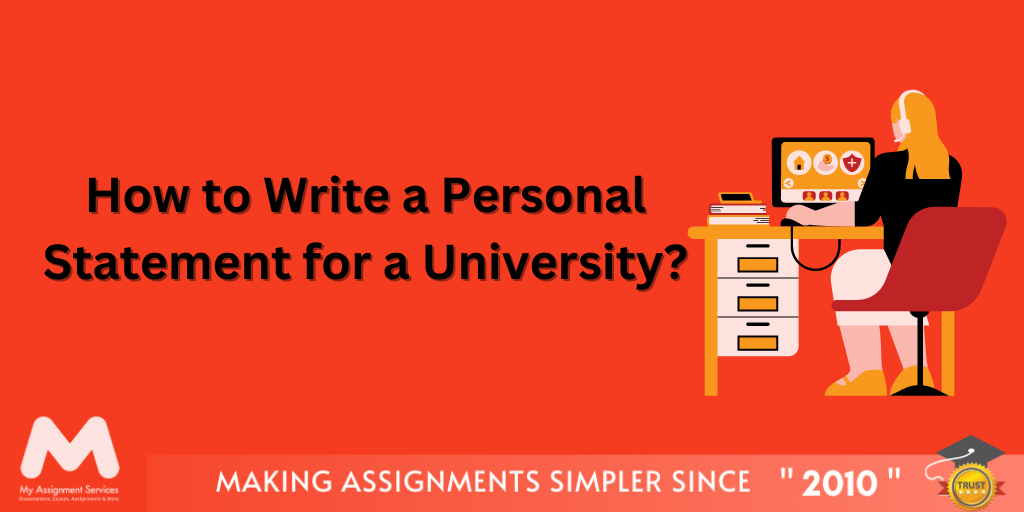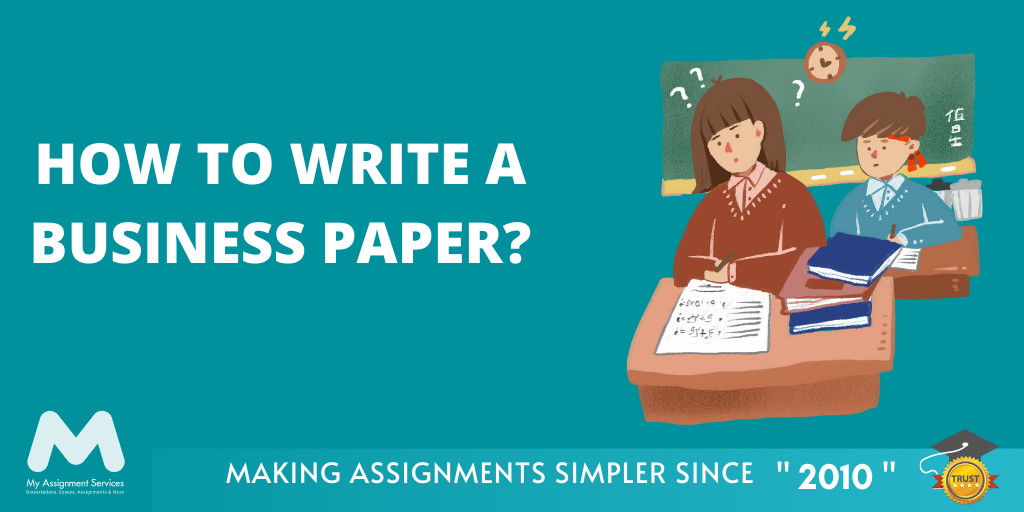
Many History professors and teachers advocate reversing outlining to organize research papers. But what is it, exactly? Reverse outlining is the process of creating an initial list of topics you intend to write about first, then working your way back through each idea to determine thesis statements. This technique helps us avoid extra information that doesn't strengthen our arguments properly. It also increases your paper's focus on central points, thus giving greater depth and strength to your argument.
By reverse outlining before you start writing, you can avoid making flimsy arguments or getting caught up in tangential discussions that have little bearing on the main points you are trying to address. This not only saves you time but also helps you write a better paper. Reverse outlining is also called backloading and involves starting with the conclusion or results of your research first before working your way back into the thesis statement. This method helps you avoid any mistakes when writing up your paper by immediately summarizing what will be covered. It is best practice to reverse outline your paper before writing or even researching anything for it. Now let's see the only guide you'll need to know all about reverse outlining.

Make a list of five main points or arguments that you would like to cover in your paper. These should be broad topics, not specific ideas. For example, instead of listing "the causes of the Civil War" as one point, list "causes of war." For each thesis statement, write down how your main points support it. If the thesis statement holds true after you arrive at it from your main points, then you know that there are no holes in your research and argumentation structure. If any thesis statements do not hold true after being arrived at from your main points, then you will need to go back and make revisions to those main points before moving forward with this method. An example of this would be "The first point I make is that negative advertising can result in adverse effects on companies who use them."
How To Avoid Making Mistakes With A Reverse Outline?
This method helps you avoid making any mistakes when writing up your paper by immediately summarizing what will be covered. It is best practice to reverse outline your paper before or even researching anything for it. Although using a reverse outline is not required, most historians say the method saves time and reduces errors. Now see the reverse outline example; if you write an argumentative history research paper on whether or not the U.S. should have entered into World War II, you might list five main points as such:
When you arrive at each thesis statement from your main points, you can see if they all hold true or need to be changed. For example, "The U.S. should not have entered into World War II" holds true after arriving at it from the main points, but "World War II had no impact on the U.S." does not hold true after you come up with your thesis statement for that point. A reverse outline is also helpful when writing research papers requiring extensive footnotes and bibliography entries because it helps you keep track of everything covered in your paper, so you don't accidentally leave out an important source piece while compiling this list.
Although reverse outlining is a time-tested technique used by many historians, it isn't necessary to follow some other tips on how to write a history research paper. Doing this type of outlining can even be counter-productive if it leads to overthinking your paper or not writing at all because you are spending so much time on the initial outline.
When completing any type of research project, the most important thing is getting started, so many historians suggest just diving in and beginning with whatever information is already available before sitting down to plan it out in-depth, no matter what method you use.
Reverse outlining is used in all forms of writing and by people from all over the world. It can be used for everything from research papers to speeches and even fiction novels. However, reverse outlining is most common when creating nonfiction because it helps avoid misinterpretations or mistakes that could lead to an inaccurate paper sooner than other methods do. Although this method does take more time than other types of outlining, it can save you a lot of time and headache in the long run, so it is worth using, especially if you are writing a longer or more intensive project such as a dissertation.
How To Reverse Outline For Research Paper Writing?
The first step is to create a list of topics you want your paper on. This list should have general ideas on what you would like to cover in your paper, not specific points. For example, instead of listing "the causes of war," which is too broad a topic, write down a more specific one such as "causes of the Civil War." Then create a new list with each thesis statement written after it. Begin with the broadest point and work down from there until you come up with more specific thesis statements. You get these thesis statements by asking yourself how each topic relates to the other topic on the original list. For example, if your top item on the original list were "causes of the Civil War," you would need to ask yourself how each of the causes on your list relate to this topic.
Here is an example:
The next step is to go over each thesis statement and make sure it holds for yourself. For example, "economic differences existed" was changed to "North vs. South economic differences existed."

If any thesis statements are no longer valid after applying these changes, please modify them accordingly. It is common for some points in your paper to change as you write up because further research brings about different information. However, sticking with what you know while writing your history paper will help avoid any mistakes that could lead to a lower grade or miscommunication later on.
Once you have your new list, start with it and create a new list again. This time the list should be organized by major topics such as "causes of the Civil War," "trends in the economy before the war," and so forth. After this list is complete, you can begin organizing your paper using chronological order, factoids, or any other organizational pattern you desire while writing up your paper.
There are many ways to write a research paper, and reverse outlining is just one method that has been proven effective time and again by people around the world. It does take more time than simply creating an initial outline, but if done properly, it will save you far more time in the long run for larger papers such as a dissertation or senior thesis work. Feel free to use the above examples when writing up your history paper.
Boost Your Grades With My Assignment Services’ Top-Notch Academic Assistance
Reverse outlining does require more time up-front but will save you tremendous amounts of time by helping you avoid dead-end paths that can derail an entire project and cause stress and anxiety. Students who write papers regularly understand the benefit of this approach. If we outline first, we can complete research faster and begin writing sooner, which lets us meet deadlines with ease and allows our minds to focus on one task at a time (research and writing) rather than having to juggle multiple projects simultaneously along with exams and homework.
The key is planning. It can be tempting to jump right into a project and start writing, but sometimes the best thing you can do for yourself takes some time up-front and outline your plan. This way, if things go off track or reach an impasse at any point along the process of completing your work, you'll have something to fall back on that will help guide you in the right direction. The more detailed and thoughtful upfront planning, the less likely it is that you'll find yourself struggling with writer's block as well as other kinds of stress later down the line. Take control today by practicing reverse outlining!
If you need any further help, feel free to connect with our mentors. My Assignment Services is the no 1 academic assistance provider in Canada. You can reach out to us just by filling the form given below.
Related Study Materials
Our Experts can answer your Assignment questions instantly.
Ask Question0 Comment
Get It Done! Today
1,212,718Orders
4.9/5Rating
5,063Experts













Loved reading this Blog? Share your valuable thoughts in the comment section.
Add comment